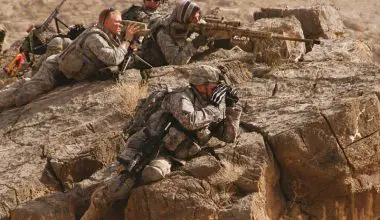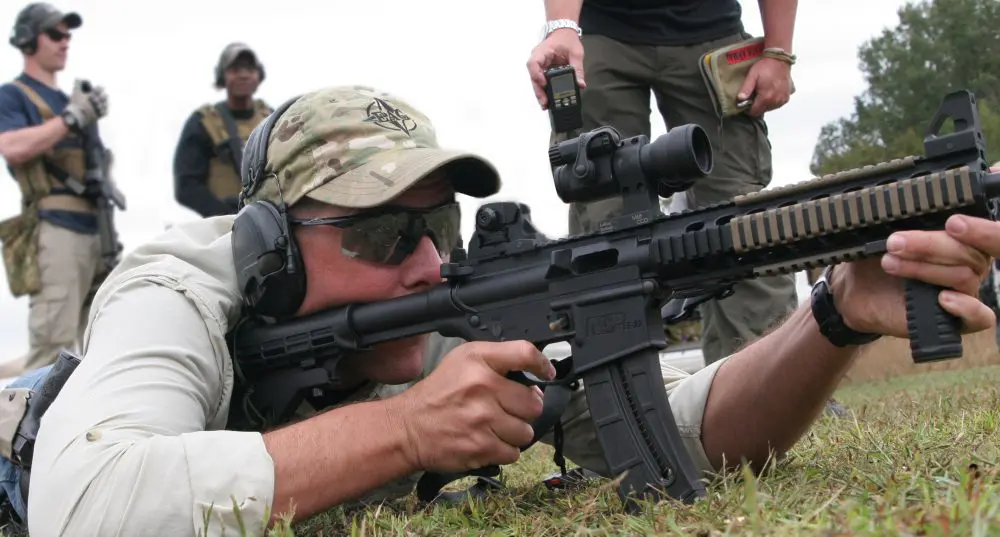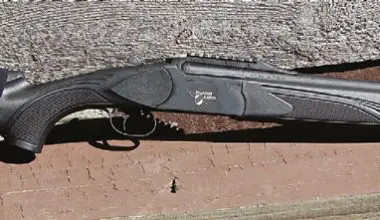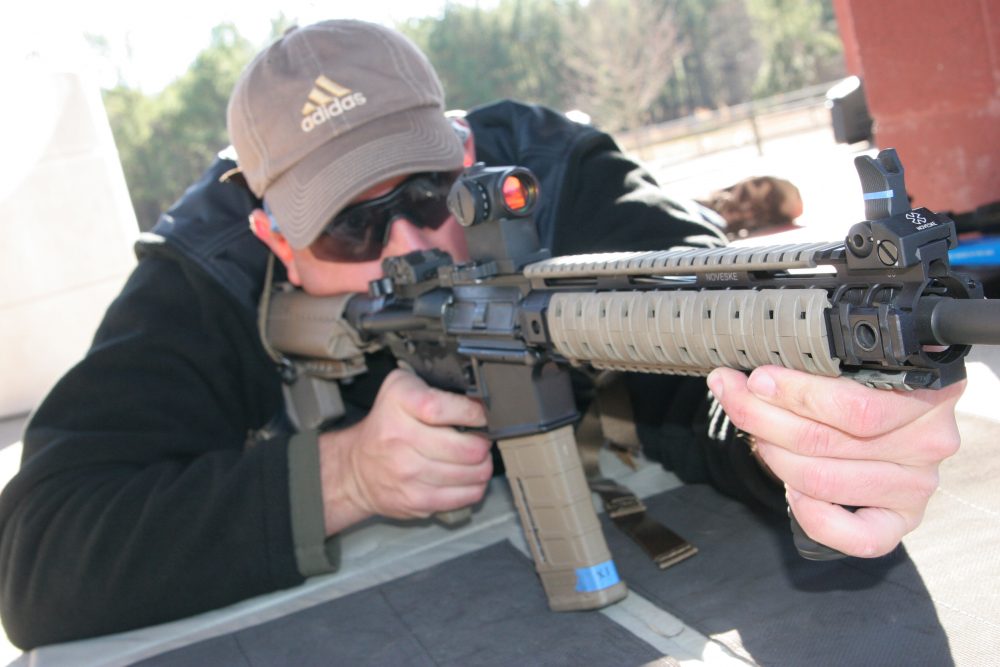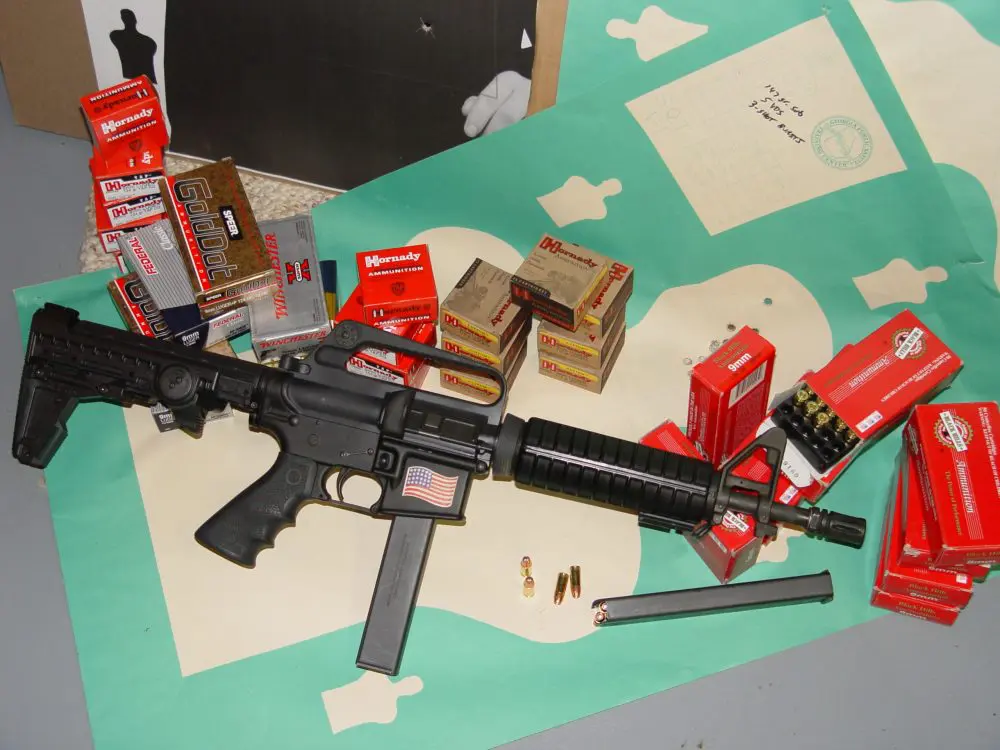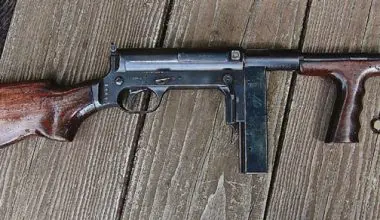THE two principal rifles used by members of NATO during the Cold War were the FN FAL and the H&K G3. The USA was the exception, as it used the M14. Although the rifles never fought against the Warsaw Pact, they did see some use by NATO members in colonial wars and by non- NATO members in other conflicts.
The two rifles were occasionally used by opposite sides, the most notable being the Kargil War fought between India and Pakistan from May to July 1999, when the Indians were armed with the FAL and the Pakistanis with the G3, both versions license produced. Fought in high-altitude mountainous terrain, the Kargil War offered a test of both rifles.
Both rifles are chambered for the 7.62x51mm cartridge, which performed far better in the mountainous conditions, where ranges were longer, than would have the M16 or AK-47, which have shorter effective ranges. Pakistani military internet sites have noted that the rounds from the G3 were capable of penetrating Indian body armor.
I gather penetration and range are still considered plusses of the G3 in possible conflict with the Indian Army, especially since India now uses rifles in 5.56x45mm (IWI Tavor TAR-21) and 7.62x39mm (AK-103).
U.S. evaluations of the G3 at Aberdeen Proving Ground found the G3 was less sensitive to dirt and could function better in adverse conditions. One factor affecting operations in adverse conditions was the gas system of the FAL, which could become fouled. The delayed roller-locking system of the G3 did not depend on a gas piston, thus fouling was less of a problem.


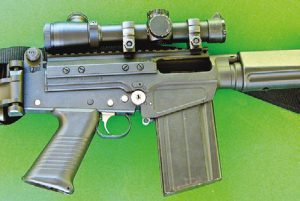
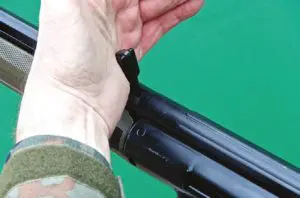
On the other hand, the capability of adjusting the gas valve on the FAL allowed it to function with more diverse ammunition and when dirty. To adjust for different ammunition with the G3, a locking piece with a different angle might be necessary. Having said that, I’ve fired HK91s and G3s with a wide array of military surplus ammunition and have not encountered any reliability problems.
Another interesting comment from the Aberdeen evaluation related to the sturdiness of the G3’s stamped receiver. It was found that a G3 could be rebuilt eight times, thus increasing its service life. Given the number of G3-based rifles that have been rebuilt from parts kits in the U.S. over the last decade, that’s a good thing.
I just finished writing a book on the G3, so I did quite a bit of shooting with my HK91 during the process. I also did quite a bit of shooting with a FAL for comparison. Here are what I see as the pros and cons of each rifle. I’ll focus primarily on the semi-auto versions, but I have done some shooting with the select-fire military versions.
Actually, I only have one comment that applies to just the military versions: the FAL is more controllable on full-auto fire, as the roller action of the G3 seems to magnify felt recoil in bursts, especially of five rounds or more.
I find the ergonomics of the FAL better. The cocking knob of the FAL does not require the long reach of the HK91/G3. As the HK91/G3 lacks a hold open when the magazine is empty, it normally takes longer to do a mag change after realizing the mag is dry. In military usage, loading the last two or three rounds of tracer helped.
When loading the HK91/G3, the cocking handle is pulled back and locked into the cutout in the receiver. Once a magazine is inserted, the cocking handle is slapped free to chamber a round surely.
Since the FAL has a hold open, all that is necessary is to insert a magazine and either give the cocking knob a sharp tug to the rear or pull down on the magazine release lever located at the base of the magazine well.
I have to give the HK91/G3 the nod for having superior standard sights. The standard FAL peep is usable but not precise at longer ranges, while the HK91/G3’s diopter rear sight is quite a bit more effective past 300 meters.
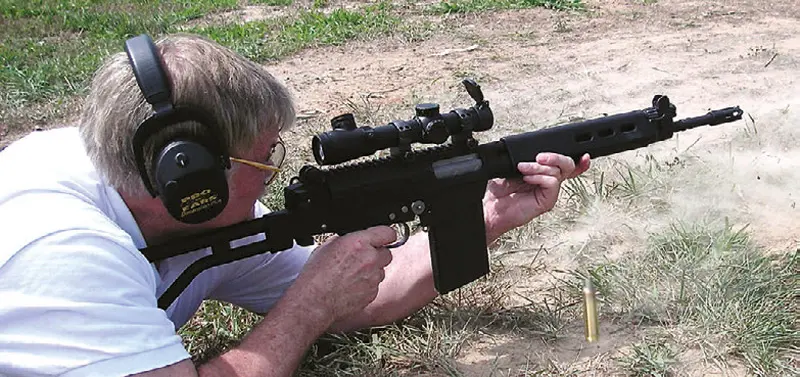
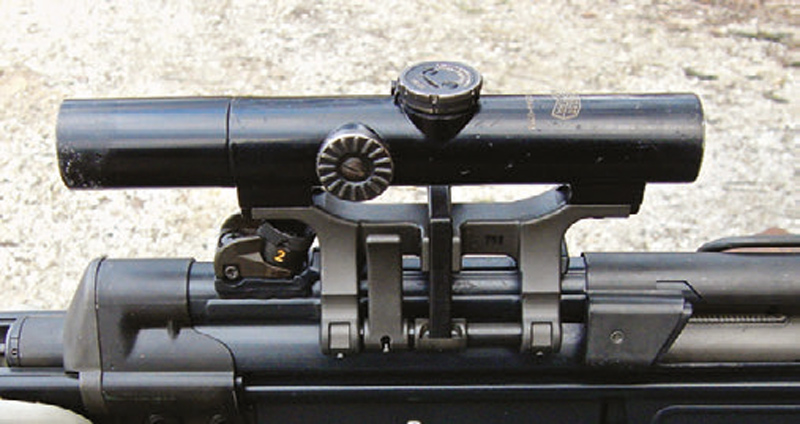
As the HK91/G3 has integral receiver rails and 4X Hensoldt scopes have been readily available for many years, the ability to shoot the standard HK91/G3 at longer range is enhanced substantially. Scope mounts have been available for the standard FAL, but are not as common.
I’d rate the standard fixed stocks of the FAL and HK91/G3 as fairly similar, but there is substantial difference in the para stocks. The FAL’s side-folding stock is one of the more comfortable stocks of this type, while the HK91/ G3’s telescoping para stock is uncomfortable on semi-auto fire and punishing on full-auto fire.
More semi-auto FALs and HK91s came into the U.S. than most other semi-auto classic military rifles before the various bans took effect. As the two best-known European battle rifles, both were popular.
These original imports have become classics and bring substantial prices, but fortunately, as armies all over the world have phased out the two rifles, they have become common on the surplus market.
As military select-fire rifles, they have not been importable, but a large number of parts kits have been imported, originally with factory barrels and later with U.S. barrels. Just a note for those who might not know, the British L1A1 FAL parts kits that were imported were from semi-auto rifles, as the L1A1 was not select fire.
Various manufacturers have produced HK91 and FN FAL based rifles for U.S. sales. For those who like the HK91/G3, Century International Arms (CIA) offers the C308. With a Picatinny rail to allow the use of optical sights and the “Chevron” compensator, it gives the user a battle rifle viable for hunting or preparedness.
Other kit HK91s have been built, but I am most familiar with the C308 and have normally found Century kit guns reliable.
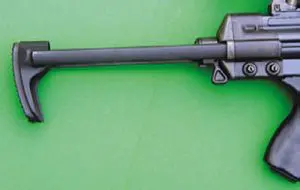
There have also been various kit builds of the FAL. My own favorite is from DS Arms. I use a DSA SA58 Para rifle with 16.25-inch barrel. As I mentioned earlier, the FAL folding paratrooper stock is quite usable. This rifle has a Picatinny rail as well, which allows me to mount the scope of my choice. I’m currently using a Leupold 1.5-5x20mm scope with illuminated reticle. This is the 7.62x51mm selfloading rifle that I shoot the most and carry in my truck the most often.
FAL 20-round magazines are available at reasonable prices, though less reasonable than when I bought 100 of them some years ago. I normally have at least eight magazines loaded and in surplus dual magazine pouches so I can throw them in when I want to shoot the rifle.
Actually, I keep those eight mags loaded with surplus ammo, but I also keep four magazines (in a different type of pouch for easy ID) loaded with 168-grain Black Hills match ammo. My DSA Para shoots 1.5 MOA groups with that load.
Speaking of surplus ammo, I’ve shot some fairly dirty, though noncorrosive, ammo through my HK91s and my FALs. Because of the gas piston system, it is necessary to clean the FAL more often with surplus ammo, but I usually clean either one of them after a range session, so that isn’t a consideration. For someone choosing a preparedness battle rifle, it might be.
Far more shooters today prefer rifles such as the AR-15 or AK to battle rifles such as the FAL or HK91. I like the lighter, handier rifles as well, but there are still times when I appreciate the striking power and range of the battle rifle. That’s why at least a few battle rifles are still seeing action as DMRs (Designated Marksman Rifles).
